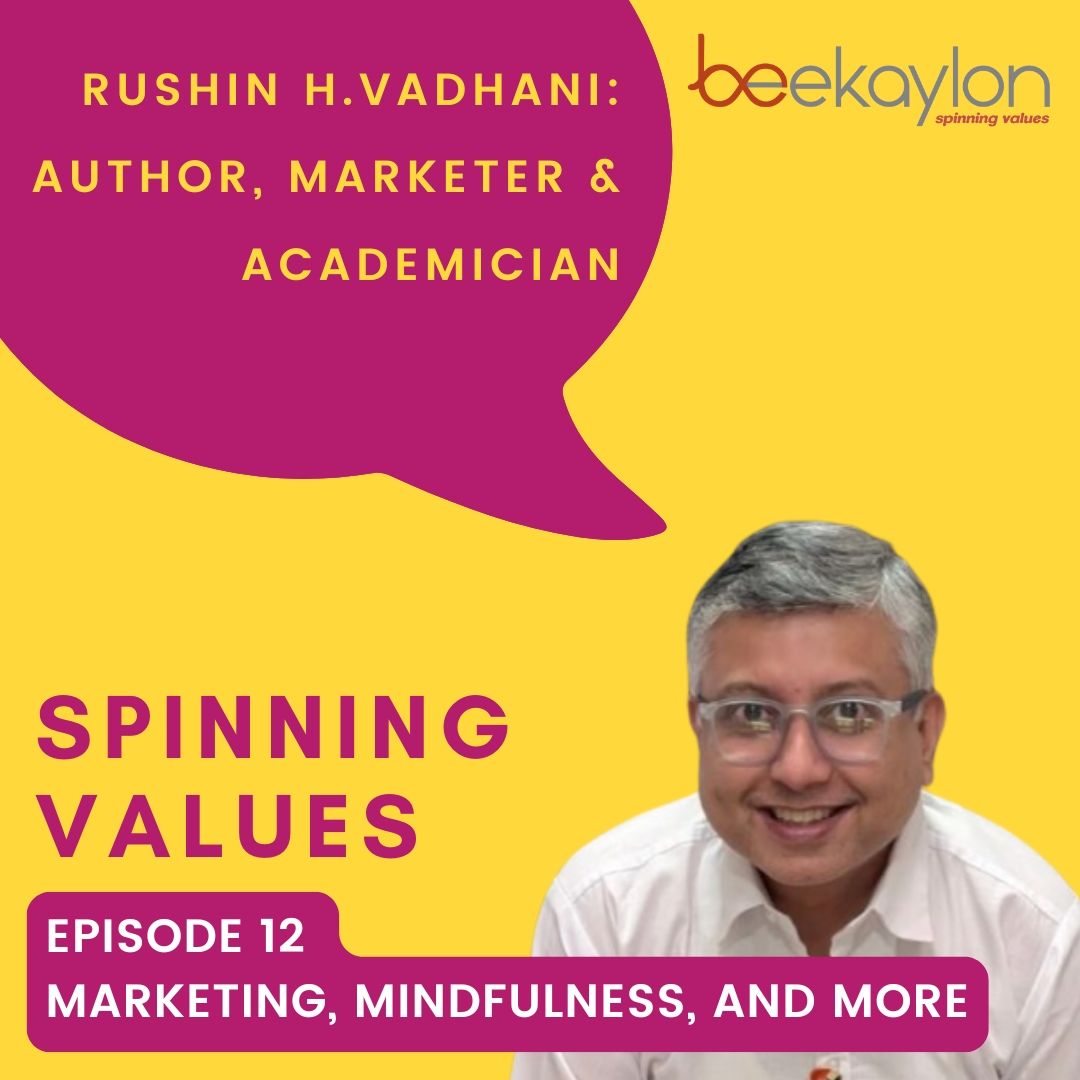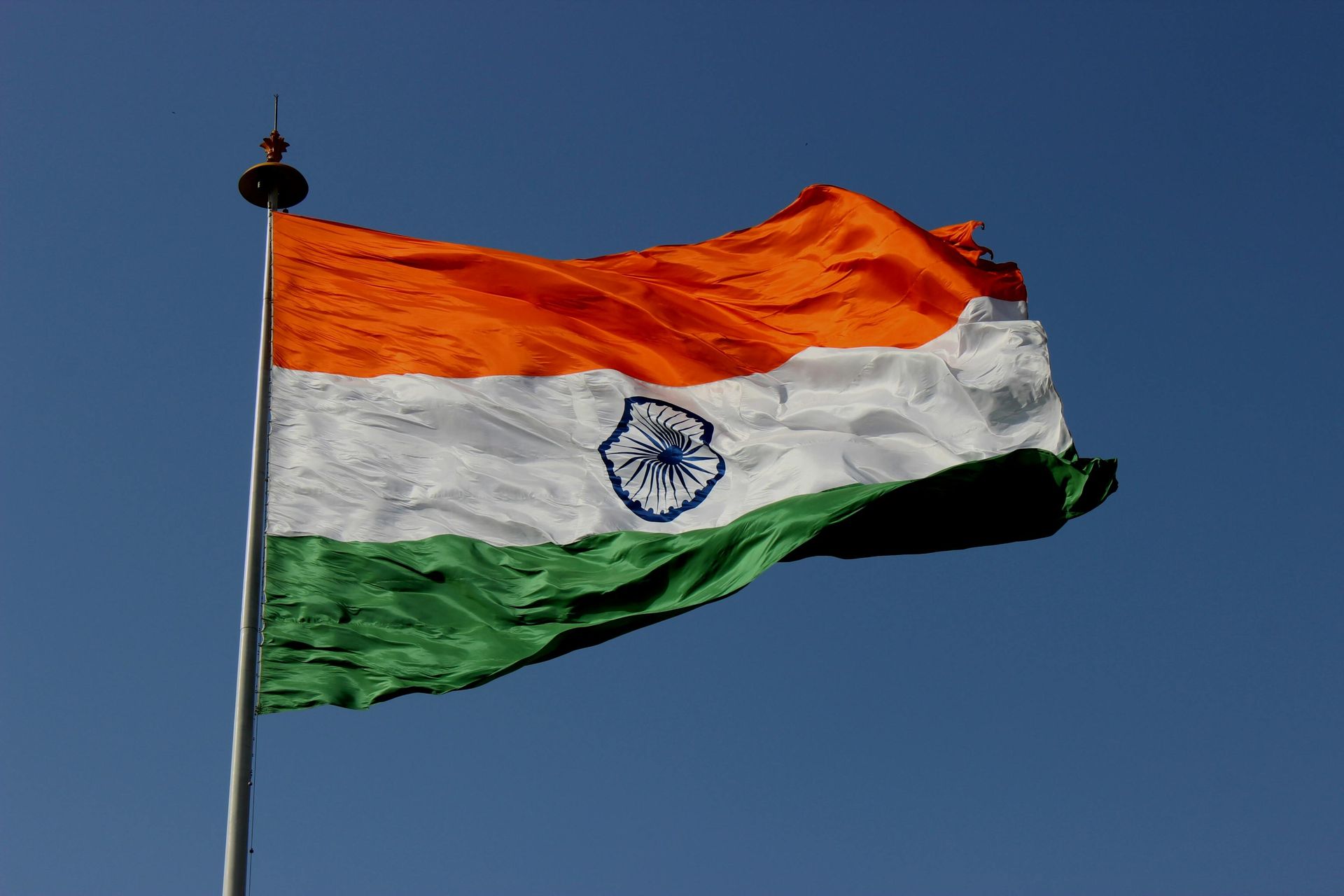Myths Around Polyester Yarn – Debunked!
Polyester yarn has long been a staple in the textile industry, but it’s also surrounded by myths and misconceptions. Many people believe that polyester is uncomfortable, harmful to the environment, or inferior to natural fibers. In reality, modern polyester yarns are innovative, high-performing, and sustainable. Let’s debunk some of the most common myths surrounding polyester yarn.
List of Services
-
Myth 1: Polyester is Uncomfortable and Doesn’t BreatheList Item 1
Fact: Advances in polyester manufacturing have led to highly breathable, moisture-wicking fabrics that are comfortable to wear. Modern polyester yarns are engineered to provide ventilation, making them ideal for sportswear and activewear.
Beekaylon's Flexilastic has exceptional performance and comfort along with stretch and recovery. Ideal for athletic wear & various textile applications especially narrow fabrics and elastic tapes.
-
Myth 2: Polyester is Cheap and Low QualityList Item 2
Fact: Polyester is available in various grades, and high-quality polyester yarns are used in premium textiles, luxury fashion, and technical applications. Innovations in fiber technology have made polyester feel as soft and luxurious as natural fibers.
-
Myth 3: Polyester is Not DurableList Item 3
Fact: Polyester is one of the most durable fibers available. It is resistant to stretching, shrinking, and wrinkling, making it a preferred choice for textiles that require longevity and performance.
-
Myth 4: Polyester Fades and Loses Color EasilyList Item 4
Fact: Polyester yarn holds dyes exceptionally well, ensuring vibrant and long-lasting colors. Unlike some natural fibers, polyester is resistant to fading due to UV exposure and frequent washing.
-
Myth 5: Polyester is Harmful for the Environment
Fact: Sustainable innovations in polyester production, such as recycled polyester and biodegradable polyester, have significantly reduced its environmental impact. Many companies are now producing eco-friendly polyester yarns that minimize waste and pollution.
-
Myth 6: Polyester Cannot Be Used for Natural Applications
Fact: Polyester yarn is used in various natural and blended applications, including home textiles, outdoor fabrics, and even carpets. Its versatility makes it an excellent alternative to natural fibers in many industries.
-
Myth 7: Polyester Causes Skin Irritation
Fact: High-quality polyester yarns undergo rigorous testing to ensure they are skin-friendly and hypoallergenic. Many polyester fabrics are designed to be soft, non-irritating, and suitable for sensitive skin.
-
Myth 8: Polyester is Only Used for Clothing
Fact: Polyester yarn has applications beyond fashion, including home furnishings, automotive fabrics, industrial textiles, and medical textiles. It is widely used in high-performance and technical fields.
-
Myth 9: Polyester is Always Made from Virgin Plastic
Fact: A significant portion of modern polyester is made from recycled materials, including PET bottles. Companies like Beekaylon are at the forefront of producing sustainable polyester yarns that contribute to a circular economy.
-
Myth 10: Polyester is Not Biodegradable
Fact: With advancements in technology, biodegradable polyester yarns such as CiCLO®-enhanced fibers are now available. These fibers break down more efficiently in natural environments, addressing concerns about polyester’s long-term impact.
Beekaylon: Leading the Way in Sustainable Polyester Manufacturing
We are among the leading manufacturers of dope dyed yarn in India, offering high-quality products used across diverse applications, from fashion and home textiles to industrial and automotive sectors. The company is deeply committed to sustainability, integrating eco-friendly raw materials and innovative solutions into its production processes. Beekaylon’s Poly-Go-Round brand exemplifies its dedication to circularity, while its partnership with CiCLO® reinforces its commitment to reducing plastic waste and enhancing biodegradability. With a strong focus on responsible manufacturing, Beekaylon continues to shape the future of sustainable polyester textiles.
Conclusion
Polyester yarn has evolved significantly, overcoming misconceptions and proving its value in the textile industry. With continuous advancements in technology and sustainability, polyester remains a reliable, durable, and eco-friendly choice for modern textiles. Companies like Beekaylon are leading the charge in making polyester more sustainable and versatile, ensuring a greener future for the industry.



